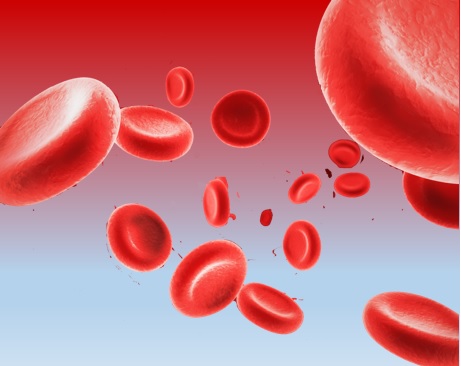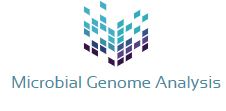
The blood group includes information concerning the person’s red blood cells. It is dependent upon the materials (hydrocarbons and proteins) from the cell membrane. Some of the most significant marks are A, 0 and B (AB0) and the Rh factor (Rh). There are 46 other known antigens, most of which are not as common than AB0 and Rh.
What are the Blood types?

This principle applies to both humans and animals.
As stated by the ABO system, along with your Rh element.
Blood groups are diagnosed with antigens from the blood cells .
The antigen is that the construction of the surface. If It’s foreign to the Body, then the individual defense system will react to it. Necessary to take into consideration blood collections during transfusion. The donor is Identified in the Blood Center and the patient’s blood collection is pre-transfused.
AB0 system
Most Significant is That the ABO blood group system, Based on which blood is A, B, O and AB.It’s determined by two Kinds of antigens found in the surface of cells:
- Blood Group A – Antigen A, that can be at the high in red blood cells;
- Blood group B – antigen B is about the surface of cells;
- Zero blood collection – they’ve neither antigen A antigen B.
- If Someone has a blood type A, B or 0, then there are antibodies in his blood plasma which ruin those antigens that the individual doesn’t have.
Cases: If you’re in blood group A, then you need to not possess blood transfused from group B, since in this case the blood has antibodies that combat B antigens. In Case You Have blood group 0, then there are antibodies in your blood that struggle against antigens A and contrary to antigens B.
There is no such antibody in carriers of blood group AB. Therefore, blood from each group may be transfused. Therefore, the AB blood carrier is a universal patient.
Blood group provider 0 is negative Rh. Subsequently, It’s Also known as a Universal donor because its cells are acceptable for all patients. Affiliation with the Rh factor could be positive (+) and negative (-). When D antigen is present, its holder is deemed Rh-positive, and when the D antigen is lost, then Rh is unwanted.
If Someone has a negative Rh factor, subsequently antibodies can form upon contact with Rh-positive blood (eg during pregnancy or with blood transfusion). They can lead to pregnancy problems to get a mom using a negative Rh factor, and a baby having a positive Rh factor is born.
As well as the ABO and Rh systems, roughly half dozen other blood collection systems are opened up to now. Clinically the most important of these are the Kidd, Kell and Duffy systems. The Kell system additionally assesses donor blood.
How are blood groups determined?
To diagnose a blood group, It’s Blended with a reagent Comprising known antibodies.
Three drops of blood obtained from 1 individual are essentially applied: one Anti-A evaluation reagent is added to a single fall, an anti-B evaluation reagent and an anti-D reagent evaluation are added into the next fall, i.e. evaluation reagent Rh. Shed, i.e. the red blood cells to clump collectively (agglutination), then the individual has antigen A. If the blood cells Don’t clump another fall, so, the Individual has no antigen B;
And when agglutination occurs from the Third instance, it reveals a positive Rh element. In this instance, the donor has blood type A, the Rh factor is favorable.
Donor and recipient compatibility is crucial. Unless taken into Consideration, there might be harmful transfusion reactions.
Heredity and blood collections
Everyone inherits from dad and mother alike. The hereditary substance Therefore has a double structure: one portion of the mom and the opposite of their dad. When speaking about blood group , It Ought to Be kept in mind? that:
The majority of our genes exist in replicate.
Every parent palms over to their kids (based on arbitrary choice ) among Those copies; Genes happen in various variations (alleles);
Some variations of these genes are more powerful than others.
Given the hereditary material includes two components, Six distinct combinations of genes are available:
- AA
- A0
- AB
- B0
- BB
- 00
The powerful part manifests itself, the exact same or a combo of both. From the AB0 system, genes A and B are somewhat more powerful than 0, which influences blood collection formation as follows:
Genes Blood group
- AA A
- A0 A
- AB AB
- B0 B
- BB B
- 00 0
Instance: A mother Includes a combination of A0 genes in hereditary Material and Its blood number is designated A. Subsequently it conveys the receptor of blood number 0 and also the odds of transmitting it into its arrival is elevated.
The blood type of the father is denoted as 0 and There’s a mix of Genes 00 in his hereditary chemical. Accordingly, he could simply pass to the child, ie. Lack of all antigens.Thus, their child may have blood type A (A0) or 0 (00).
There are only two choices from the Rh system: antigen D present (Rh The favorable immunity variable modulates the negative.
Genes Blood group
- + / + positive
- +/- positive
- – / – negative
Instance: a mother has Rh positive blood and Contains a negative Variant Concealed, that Is also an allele (+/-), and the dad has the exact same mix, and the two transmit The unwanted allele. The child may then have a drawback Rh variable inherited from parents with favorable Rh factors.
